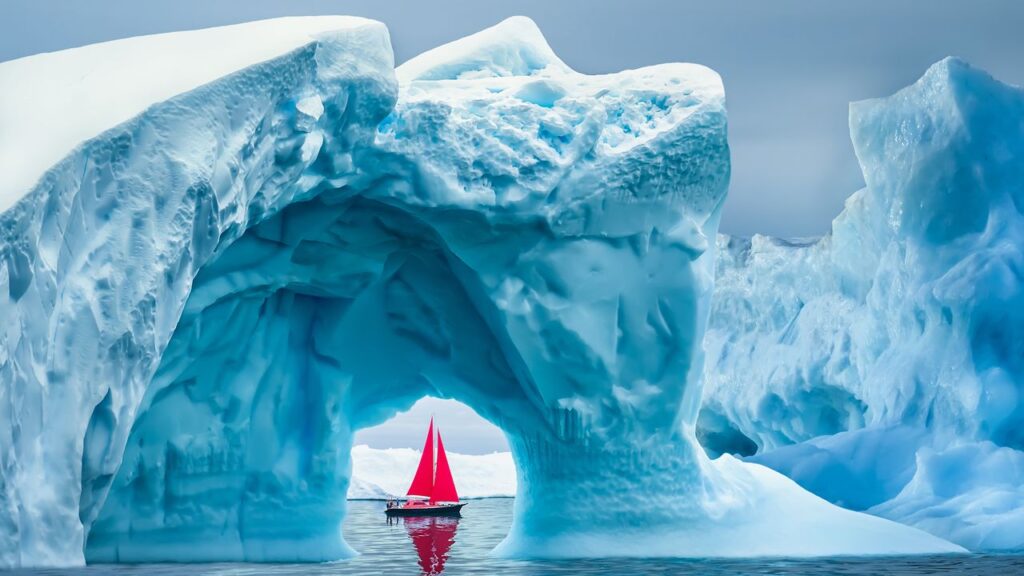Some places on Earth are immune to the cold. Wind-carved plateaus of Antarctica The treeless tundra in northern Canada The high steppes of MongoliaSome countries experience cold as a constant backdrop, not just a season. Temperatures are well below zero on average. Infrastructure is designed to withstand frost for months. The rhythms and patterns of winter are based on snow, ice and other elements.
Even the coldest parts of the world are not immune from climate change. climate change. In fact, many are warming faster than the global average—not in ways that erase the cold entirely, but in ways that destabilize it. Some years see heavier storms and deeper snow. Other years see cold weather arrive later than anticipated or retreat earlier. Familiar patterns—once embedded in culture, farming, and daily movement—are beginning to shift. It’s not only the cold that’s changing but also its consistency. In the coldest parts of the world, this loss of consistency could be more disruptive than a rise in temperature.
We share below the latest information on the world’s coldest countries and the projected impact of climate change on their ecosystems.
The 10 coldest countries on earth (2025).
This list is based upon the average annual air temperature for 2025, using data taken from the World Meteorological Organisation (WMO), NASA’s GISTEMP, Berkeley Earth. NOAA’s Global Historical Climatology Network (GHCN). These organizations compile climate records over long periods of time from satellite observations as well as ground-based monitoring stations.
- Antarctica — Averaged -56.7ºC, or -70.06ºF
- Russia — Siberia averaged -5.4ºC, or 22.3ºF
- Canada — Northern regions averaged -4.8ºC, or 23.4ºF
- Greenland — Recorded -3.6ºC, or 25.5ºF across the ice sheet
- Mongolia — Annual average reached -0.9ºC, or 30.4ºF
- Norway — Including Svalbard, averaged 1.3ºC, or 34.3ºF
- Kazakhstan — National average reached 1.6ºC, or 34.9ºF
- Finland — Averaged 1.9ºC, or 35.4ºF
- Iceland — Climbed to 2.0ºC, or 35.6ºF
- United States (Alaska) — Averaged 2.1ºC, or 35.8ºF in northern zones
The science behind warming cold places
This phenomenon is well documented. Many of the coldest regions of the globe are also the ones that warm up the fastest. This is due to polar amplification—a process where melting snow and ice reduce the Earth’s reflectivity. When bright, frozen surfaces are present, they reflect sunlight into the air. However, when these surfaces melt, darker, warmer ground is revealed. oceanThis heat is absorbed by the surrounding area, increasing its temperature. This effect is particularly pronounced in areas like the northern Canada. Greenland. SiberiaWhere ice loss occurs year-round.
A 2022 study in Nature Communications Earth & Environment The Arctic is heating up four times faster than global average, according to a new study. The Middle East may experience more extreme heat in the summer, but the Arctic and subarctic regions have the fastest rate of change.


